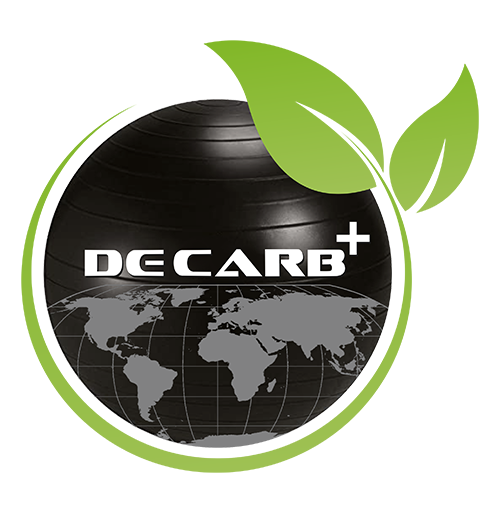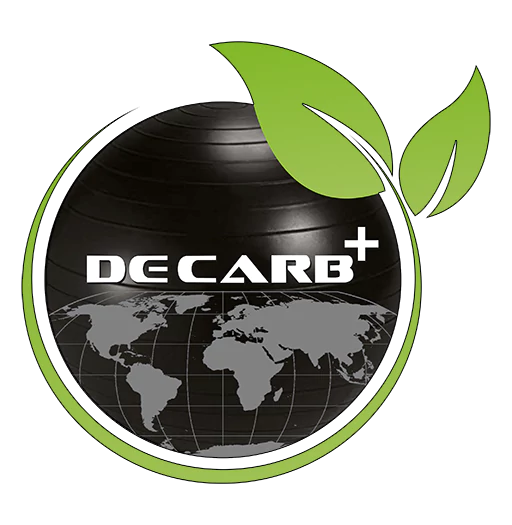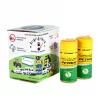What are the types of surfactants?
When you think of surfactants, what do you think of them? Soap? Shampoo? Detergent? All of these products contain surfactants, but what are they exactly? A surfactant has both hydrophilic and hydrophobic groups. This means that they can interact with water and oil. The two main types of surfactants are anionic and cationic. Anionic surfactants are the most common type. They are typically used in shampoos, soaps, and detergents because they can remove dirt and oil from surfaces. Cationic surfactants are less common but are used in hair conditioners and fabric softeners. They work by depositing themselves on the hair’s surface or fabric to make it feel softer and smoother. This blog post will explore the different types of surfactants in more detail. We will also discuss their uses and how they can benefit your everyday life.
The different types of surfactants
3 main types of surfactants: anionic, cationic, and nonionic. Each type has its unique properties and applications.
The most widely used type of surfactant is the nonionic surfactant. They are used in a variety of household and industrial cleaning products, as well as in personal care products such as shampoos and body washes. Anionic surfactants, such as paints, inks, and adhesives, are also used in emulsions and dispersions.
Cationic surfactants are less common than anionic surfactants but are still used in a number of household and industrial cleaning products. Like anionic surfactants, they are also used in personal care products such as shampoos and body washes. In addition, cationic surfactants are used as fabric softeners, hair conditioners, and antistatic agents.
Nonionic surfactants are the least common surfactant but have several important uses. Nonionic surfactants are used in emulsions, dispersions, and cleaners, providing good wetting ability and compatibility with other ingredients. Nonionic surfactants are also used as solubilizing agents for oils and fragrances in cosmetics and personal care products.
How do surfactants work?
When it comes to how surfactants work, it depends on the type of surfactant. Anionic surfactants work by having a negatively charged head group attracted to positively charged surfaces. This creates a layer of protection on the surface that prevents water and other substances from coming into contact with it. Cationic surfactants work similarly but with a positively charged head group instead. On the other hand, nonionic surfactants do not have a charge. Instead, they rely on their hydrophobic tails to interact with the surface and create a barrier.
The benefits of surfactants
Surfactants are one of the most versatile and widely used chemicals in industry. They can clean, emulsify, disperse, solubilize, and stabilize. Surfactants are also used in agriculture, detergents, pharmaceuticals, cosmetics, and food processing.
Surfactants lower the surface tension of water, making it more effective at wetting surfaces and penetrating materials. This allows surfactants to be used for cleaning, emulsifying, dispersing, and solubilizing. Surfactants can also increase the stability of emulsions and suspensions.
The main surfactants are anionic, cationic, nonionic, amphoteric, and zwitterionic surfactants.
Conclusion
In conclusion, there are four main types of surfactants: anionic, cationic, nonionic, and amphoteric. Each type has its distinct properties and uses. Anionic surfactants are the most widely used in industry due to their versatility. Cationic surfactants are typically used in fabric softeners and hair conditioners. Nonionic surfactants are used in various products, such as detergents, shampoos, and paints. Amphoteric surfactants can be either acidic or alkaline and are commonly used in cosmetics and cleaning products.








